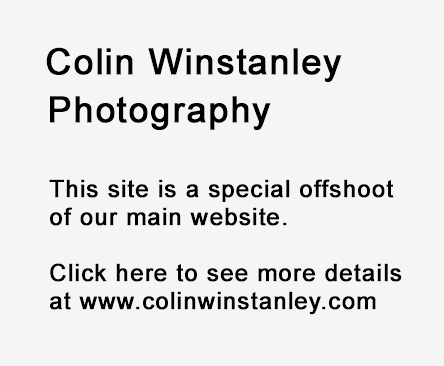Related Articles
General
- Dodging is brightening and Burning is darkening parts of an image.
- Use a Black and White adjustment layer to work in mono so that you only see tomes.
- Rotate (R) the image so that you don’t look at the picture, just the tones.
- Use Dodge and Burn to even out skin, emphasise and contour skin highlights and shadows to add dimension, emphasise hair highlights etc.
- Always work on the midtones setting for skin and hair for best results (Sue Bryce Experimental Portraits 27, 8:00)
- PixImperfect uses an extreme curves adjustment and 1% flow on a mask to produce an extreme effect, which he then dials back with the curves adjustment and opacity of needed. (Ref 37:43)
Using a Grey Layer
- Create a new layer (CTRL+SHIFT+n), fill it with grey (Edit > Fill or SHIFT+ DELETE and chose 50% grey from the menu), change the blending mode to Soft Light (or Overlay for a stronger effect).
- Can use a separate, named layer for dodge and burn or highlights and shadows.
- Phlearn Retouching uses opacity 100%, flow 10%, or 5% for larger areas. Digital Photography uses opacity 15%, flow 10% (Ref). I find Phlearn’s settings can be too harsh.
- You can use default black and white colours (Press D to go back to this) to paint on this layer, or use the sampled coloured from a shadow and highlight to be even more accurate. Use the X ket to swap between the foreground and background colours.
- Zoom well out for evening out tones and contouring.
- Add Gaussian blur when finished (20-40 pixels) and reduce the opacity as required. 01.
- Set the range to Highlights, Mid Tones or Shadows to get more control (Lara Jade, Experimental Portraits Lesson 22)
Using Curves
- Using Curves - Use a blend mode of luminosity (Aaron Nace Q&A video)
Using a Blank Layer
- This is probably the easiest way. It is the same technique as using a grey layer but much easier. However, be sure to label the layer, as it is almost impossible to see the new pixels on the layer afterwards and you may delete it inadvertently.
- Add a blank layer and set the Blending Mode to Soft Light or Overlay for a stronger effect. Use a black or white brush at 100% opacity and very low flow. One big advantage is that you can just press E to use the Eraser Brush to delete any areas.
- Grey Layer for Dodge & Burn is STUPID! - Video by PiXimperfect.
Select Highlights and Shadows Automatically
- Use Blend If and Apply Image to automatically select areas to make the process more automatic, and then separate the dodge or burn separately. Can also change the colour of shadows separately. - 01***, 02, 03, 04,
- Use Channels to automatically select highlights or shadows, then use blend modes - 01 24:52,
Using Luminosity
- Using 3D Luminosity on Portraits with Photoshop - Video by PiXimperfect. This uses a Black and White Gradient Map, applied in Luminosity Blending Mode, and adjusts the points along the grey scale to control the luminosity.
- Can use an adjustment layer set to luminosity to sample and paint at 10% to even out difficult transitions. (Phlearn Retouching 101 Section 9, 48:00)
Using Apply Image
- Apply Image can be used to create a highlight or shadow mask, which can help to automatically select the areas to dodge and burn.
- Dodge And Burn Using Apply Image - Video by Phlearn.
- Smart Dodge and Burn Using Apply Image in Photoshop by PSDESIRE
Resources
- Phlearn Retouching 010 Section 5.
Colour Dodge and Colour Burn
- Create Colourful Contrast with 2 Special Blend Modes - Video by PIXImperfect
- The Magic of Colour Dodge - Video by Glyn Dewis.
Dodge and Burn - Paint over with white or black at 10% flow and use Blend IF in Normal mode to only lighten or darken the area using the bottom sliders. Adjust the Opacity to suit.
Videos
- Master Dodging and Burning in 32 Minutes | Photoshop In-Depth Tutorial - Video by PiXimpeefect.
- My Top Dodging and Burning Techniques #8 by Glyn Dewis
- Photoshop Raw Smart Objects for Dodge & Burn Skin Retouching by Nino Batista
- How to Retouch With Micro/Macro Dodge And Burn - Video by Prince Meyson.
- Dodge and Burn Like Ansel Adams Using Photoshop - Video by Mitch Boyer.

